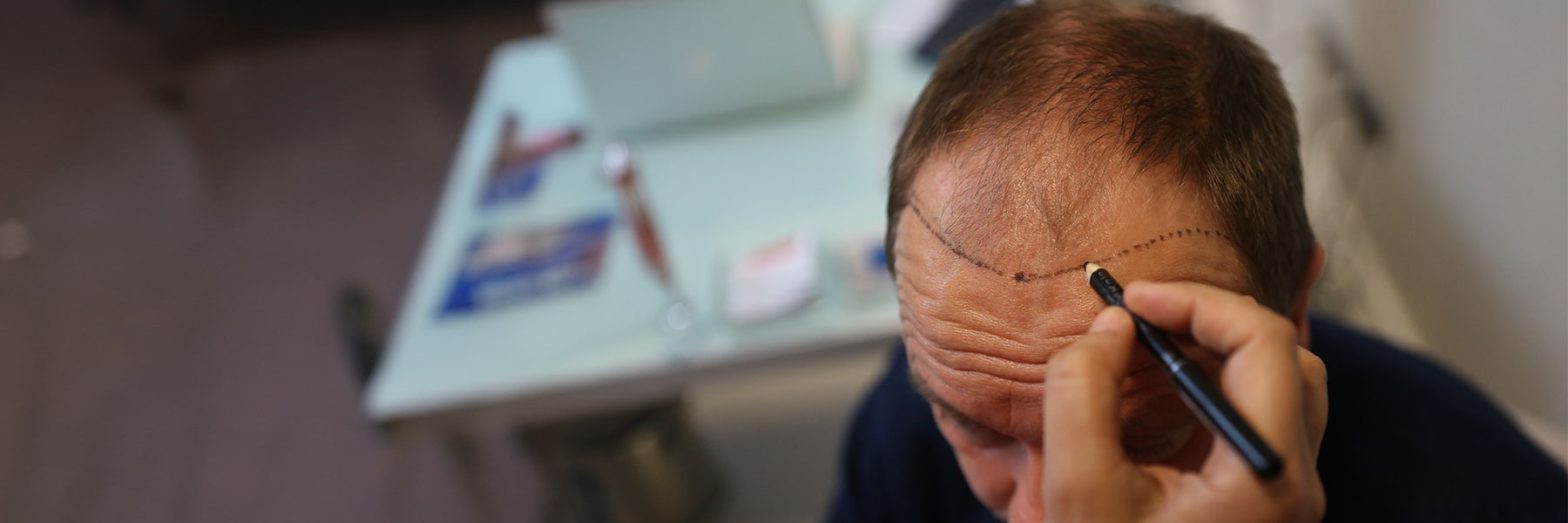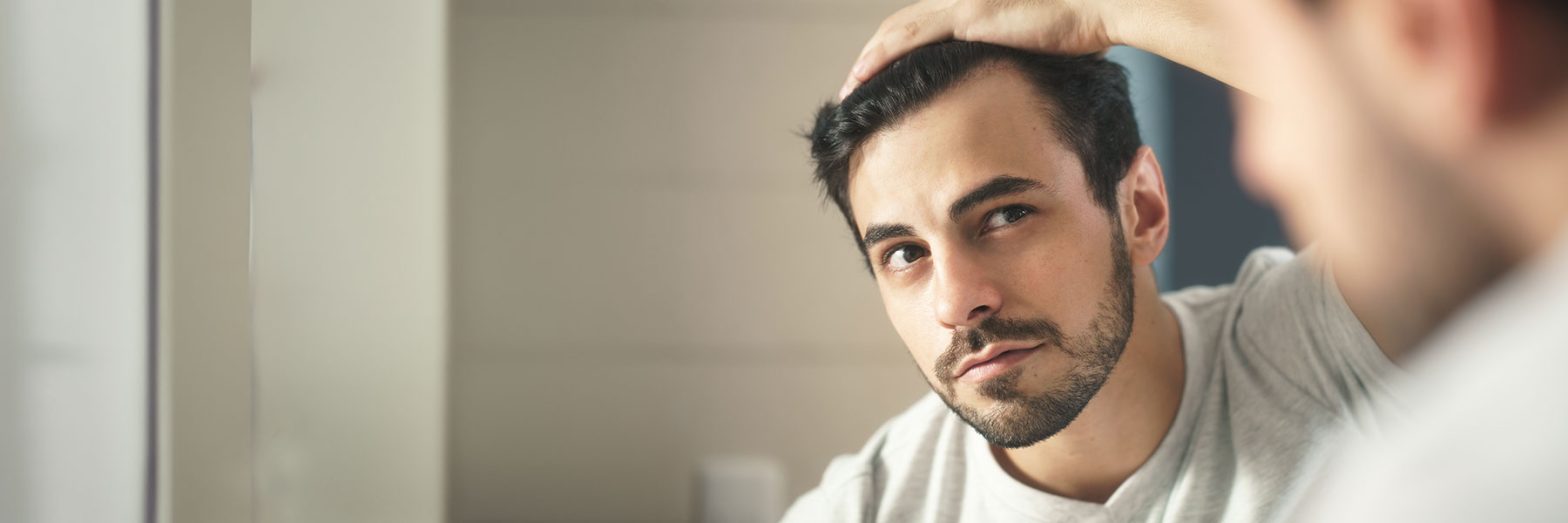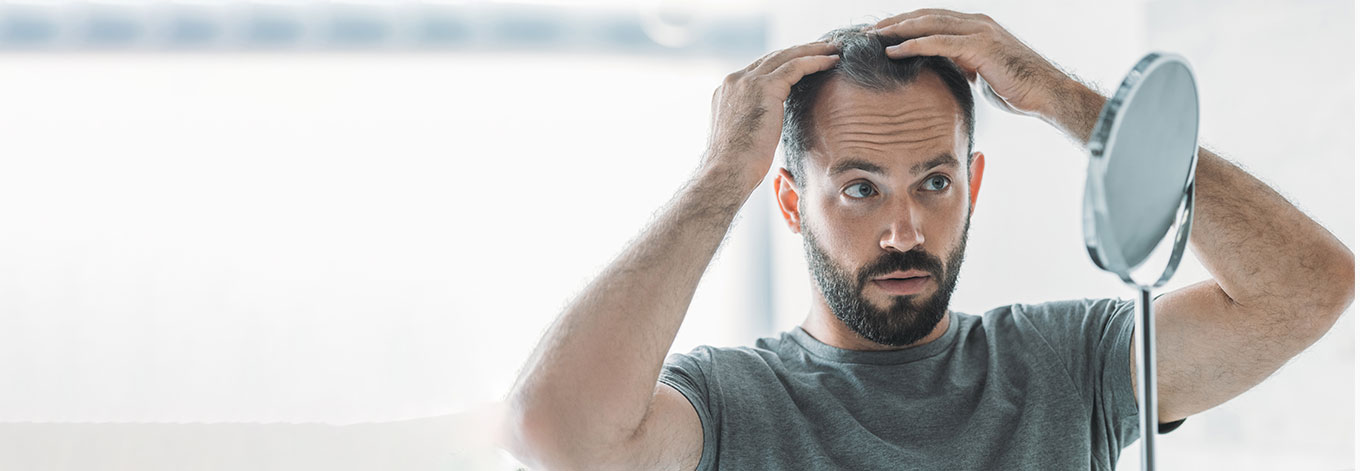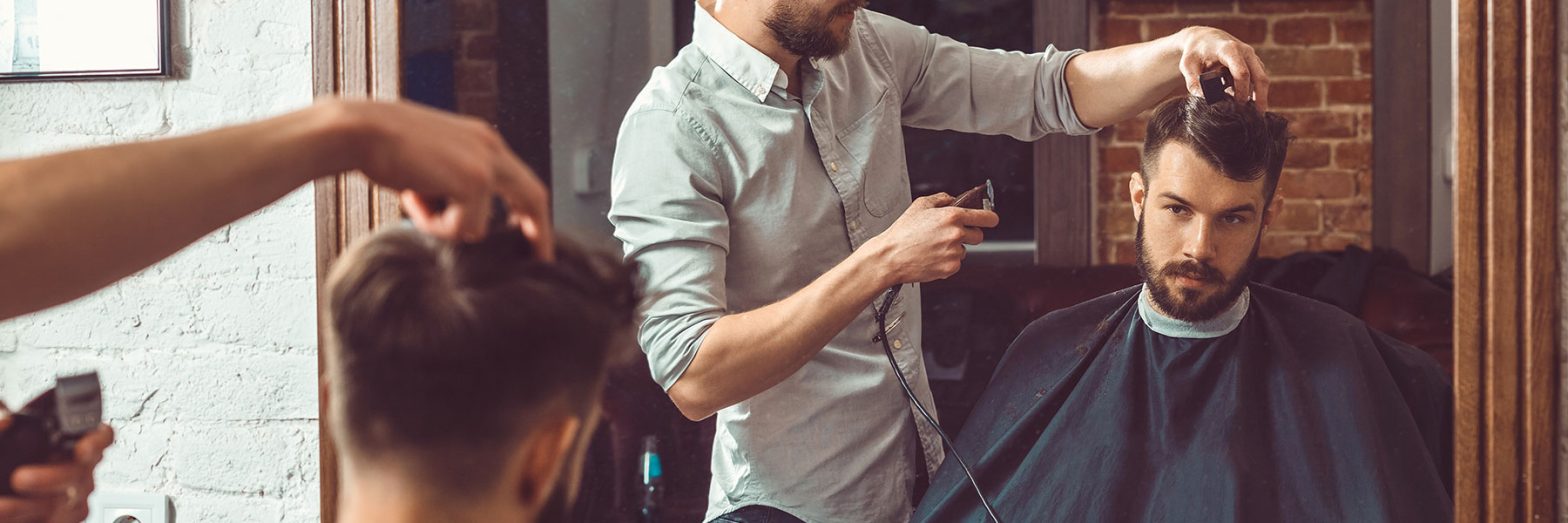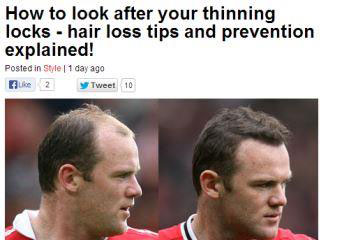
How to look after your thinning locks – hair loss tips and prevention explained!
HAIR LOSS & HAIR TRANSPLANTS
Zoo Magazine
Worried that your hairline is a couple of inches further back than it used to be?
Chances are you’re not alone. By the age of 50, over 50% of the male population will have experienced hair loss, and for many men it starts far earlier than that.
In some cruel cases the receding starts before you’re even out of your teens.
But what, if anything, can be done about it?
Here, top hair loss and restoration specialist, Dr Raghu Reddy from The Private Clinic of Harley Street separates the hair loss facts from fiction and provides some practical advice about how to hold on to your luscious locks for that little bit longer…
THE FACTS
– The most common type of hair loss is officially known as male patterned baldness. In the early stages, sufferers may notice their hair line starting to recede and perhaps some thinning at the crown. In the later stages, all hair from the front and top of the head will be lost, commonly leaving a horseshoe shaped ring of hair around the back.
– If you are losing your hair, then the chances are you can blame it on your parents and/or grandparents. Your genes are by far and away the most important factor when determining whether you are likely to lose your hair.
– Other lifestyle factors can play a part too though, stress and general poor health being two of the most common ones.
– Contrary to popular belief, the hairline of your grandfather on your mother’s side is not more relevant than that of your dad’s dad. Genes from both sides of the family play an equal part in determining whether you are likely to suffer the same fate.
TOP TIPS FOR HANGING ON TO YOUR HAIR
1) Keep it cool – Intensive heat traumatises your hair, so if you are the kind of guy who uses your girlfriend’s GHDs or hair dryer then, well, don’t! You should also turn the shower down a notch and wash hair in warm/cool water rather than very hot water, and let your hair dry naturally if possible.
2) Keep it clean – Washing at least once a day will help avoid a build-up of sweat or dirt which can block pores and hair follicles. You should also use a conditioner daily. Conditioner makes your hair softer and helps prevent breakage. Make sure the conditioner is applied to the hair shafts, not the roots, and is rinsed out thoroughly.
3) Filter your water – The relatively hard nature of our water in the UK, particularly in the South East, can take its toll on hair. Think about investing in a filter for your shower head to improve the quality of the water your washing in.
4) Eat well – Hair is made up of keratin, a protein, so there is some evidence to suggest a diet high in protein may help. General poor health can also lead to weak hair, so you should be aiming for a healthy, balanced diet too.
5) Protect your scalp – Try not to scratch your scalp with finger nails as this can damage it. Wear a hat if out in strong sun to avoid scalp sunburn, and only apply gel to hair shafts to avoid clogging up the pores and follicles.
6) Catch it early – The earlier you start taking action, the better chance you stand of holding on to your hair for longer. If you are beginning to notice hair loss, then speak to a specialist to get some personalised advice as soon as possible. Some over the counter products or prescription medicine may help…
7) Dose up – There are two products that have been cleared by the FDA for the treatment of hair loss. Whilst they aren’t effective at reversing hair loss, they can prove to be successful in helping you hold on to the hair you do have, for longer.
The first is Minoxidil, most commonly available as the brand name Regaine. You can buy it over the counter at most chemists and it comes in a foam or liquid form that is applied daily directly on to the scalp. The second is called Propecia, and comes in tablet form. Propecia is only available on prescription so you’ll need to speak to see a specialist. They will also be able to talk you through any potential side effects.
8) Have a check up – Medical conditions like anaemia and thyroid abnormalities can cause hair loss. If you don’t have a family history of hair loss, and/or you are worried about the rate at which you are losing your hair, then it may be advisable to see a doctor to rule these conditions out.
9) Do a Rooney – The only way to get your own hair back permanently is via a hair transplant. The treatment Rooney opted for is the most advanced type of hair transplant and is known as a Follicular Unit Extraction transplant, or FUE.
The treatment involves taking hairs individually from the back of the head where the hair is plentiful and transplanting them to the areas that are thinning. The results are totally natural looking and permanent, but it doesn’t come cheap. It’ll set you back in the region of £10,000.





